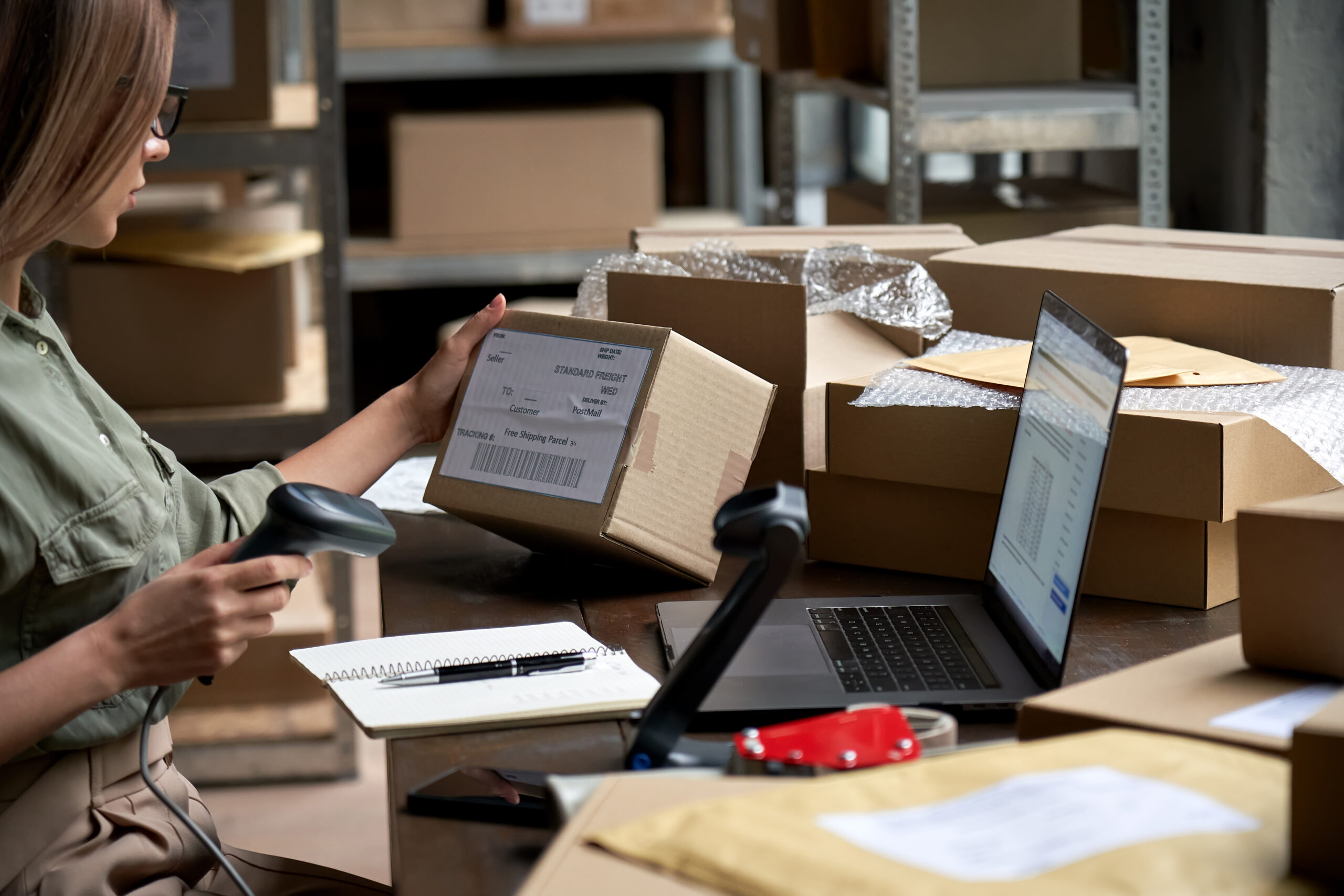Amazon to Eliminate FBA Prep Services by January 2026
August 27, 2025

Amazon has officially announced that it will phase out all Fulfillment by Amazon (FBA) prep and item-labeling services in the United States by January 1, 2026. This significant policy change affects all sellers using Amazon’s FBA program, signaling a major shift in how inventory must be handled before it reaches fulfillment centers. Here’s what this means, why it’s happening, and how sellers should prepare.
What Is Changing?
Starting January 1, 2026, Amazon will no longer offer the following services:
- FNSKU labeling
- Poly-bagging
- Bubble wrapping
- Taping
- Opaque bagging for adult products
- Warning label application
- Any other manual prep work
This change applies across all entry points into the FBA network, including Amazon Warehousing & Distribution (AWD), Amazon Global Logistics (AGL), Amazon SEND, and the Supply Chain Portal. If you’ve relied on Amazon to perform these prep tasks for your shipments, you’ll now need to take full ownership of these responsibilities.
It’s worth noting that any shipments created before January 1, 2026, will still be eligible for Amazon’s prep services, even if they arrive after the deadline. However, shipments created after the cutoff will be rejected or penalized if they aren’t fully prepped.
Why Is Amazon Making This Move?
According to Amazon, most sellers already use external prep methods, whether through their manufacturers, in-house teams, or third-party logistics (3PL) providers. By eliminating prep services, Amazon claims it will reduce delays and congestion in fulfillment centers, improve operational efficiency, and speed up customer deliveries.
While this shift benefits Amazon operationally, it adds a layer of complexity for sellers, particularly smaller businesses or those new to FBA. The move underscores Amazon’s broader push to streamline its fulfillment operations and push more logistical responsibilities onto its seller base.
What Risks Does This Create for Sellers?
The removal of FBA prep services increases both operational burden and risk:
- Compliance Risk: Improper labeling or packaging may result in rejected inventory or significant delays.
- Financial Risk: Amazon will no longer offer reimbursements for items that are lost or damaged due to improper prep. This includes errors made by third-party prep centers.
- Performance Impact: Non-compliance could affect seller metrics, leading to potential account suspensions or loss of Buy Box privileges.
- Cost Increases: Sellers who previously relied on Amazon for low-cost prep will now have to invest in in-house capabilities or outsource to a 3PL, both of which come with added costs.
How Sellers Should Prepare
With the deadline less than 6 months away, proactive planning is crucial. Here’s how sellers can prepare for the transition:
1. Audit Your Current Prep Dependencies
Identify SKUs and categories that require Amazon prep today. Focus on items that are:
- Fragile
- Multi-pack or bundled
- Adult items requiring opaque bags
- Requiring bubble wrap, poly-bags, or special taping
2. Choose a New Prep Strategy
You have two main options:
- In-House Prep: Invest in training, equipment, and labor to handle prep internally. This offers control but requires upfront capital and ongoing management.
- Third-Party Prep Centers (3PLs): Outsource to Amazon-compliant service providers. Be sure to vet them thoroughly for reliability and compliance.
Amazon provides a list of approved prep providers within Seller Central. Some sellers are also forming direct agreements with manufacturers to ship inventory that is 100% FBA-ready.
3. Explore the Ships in Product Packaging (SIPP) Program
For eligible products, Amazon’s SIPP program allows sellers to ship goods in their original packaging, skipping over-boxing and some forms of prep entirely. Enrolling in this program can reduce touchpoints and lower logistics costs.
4. Train Your Team or Partners
Whether you’re prepping in-house or using a 3PL, ensure that everyone is fully trained in Amazon’s prep requirements. Labeling accuracy, barcode placement, and packaging materials must comply precisely with FBA standards.
5. Update Your Workflow and SOPs
Revise your inventory intake, packaging, and shipment procedures to reflect the new requirements. Build in quality control checks to catch prep errors before inventory is sent to Amazon.
6. Act Early
Don’t wait until Q4 2025. Begin implementing your new prep solution in 2025 so you can troubleshoot any issues well before the cutoff.
What Happens If You Don’t Comply?
Failing to comply with the new prep requirements after the January 2026 deadline may result in:
- Inventory rejections
- Extra “unplanned service” fees
- Shipment delays
- Suspension of sending privileges
- No reimbursement for damaged or lost units
Amazon has made it clear that the responsibility for properly prepped inventory lies squarely with the seller. There will be no exceptions.
Final Thoughts
Amazon’s decision to eliminate FBA prep and labeling services marks a pivotal change for marketplace sellers. While it presents logistical and financial challenges, it also offers an opportunity to streamline your operations and gain more control over your supply chain.
Start planning your transition now. Review your SKUs, research 3PL options, enroll in SIPP if applicable, and update your workflows. Sellers who adapt early will avoid disruptions and maintain strong performance metrics in the evolving FBA landscape.
For full details, see Amazon’s official policy update in Seller Central: https://sellercentral.amazon.com/help/hub/reference/external/G201023020
Need Help With Prep and Fulfillment? If you’re looking for a reliable option for third-party prep and fulfillment, our team offers Amazon-compliant inventory services tailored to your needs.
Learn more about what we do here, or start a conversation with one of our inventory specialists.
View More Insights
Ready to scale your business?
Talk with one of our ecommerce experts.



